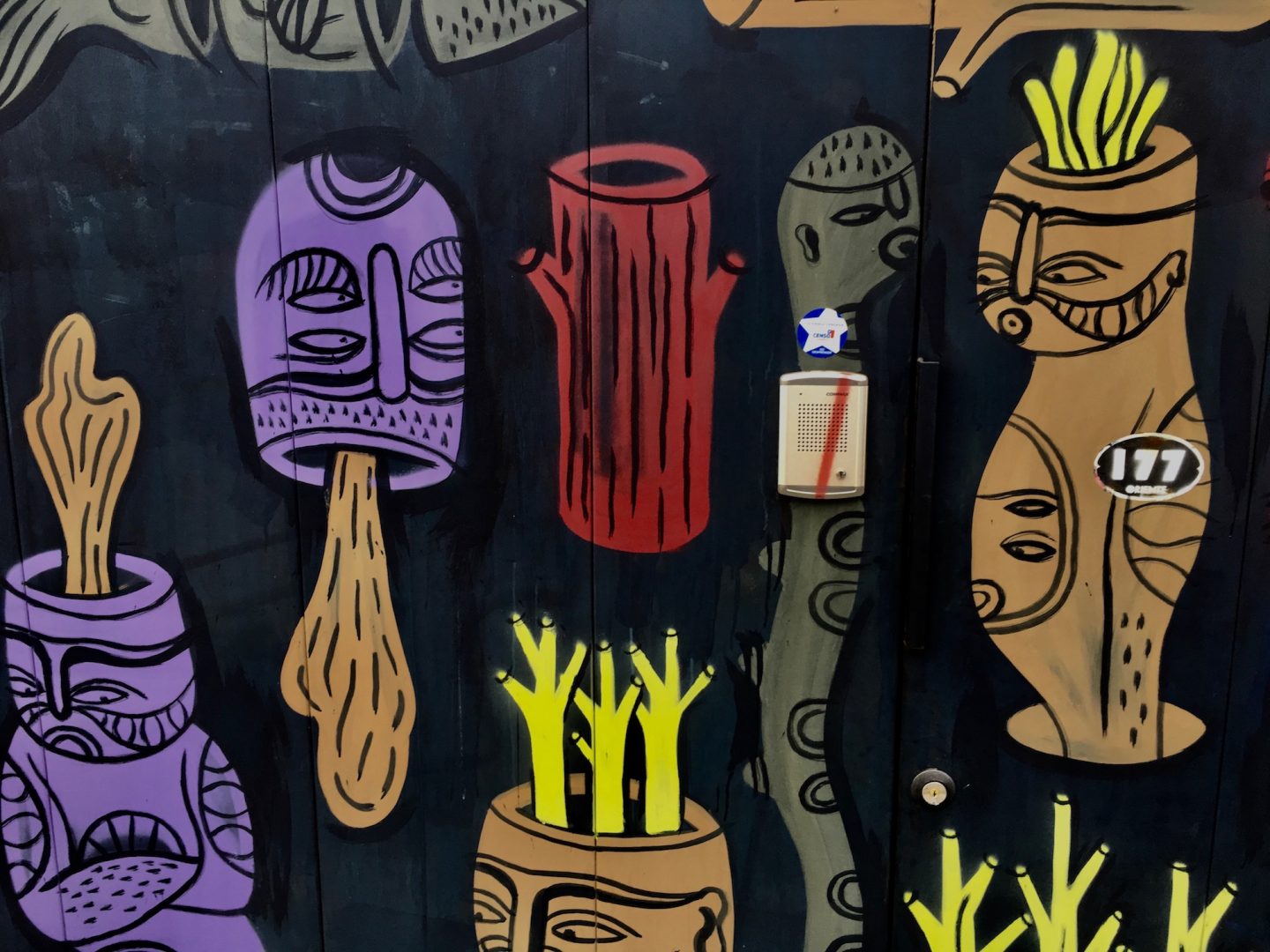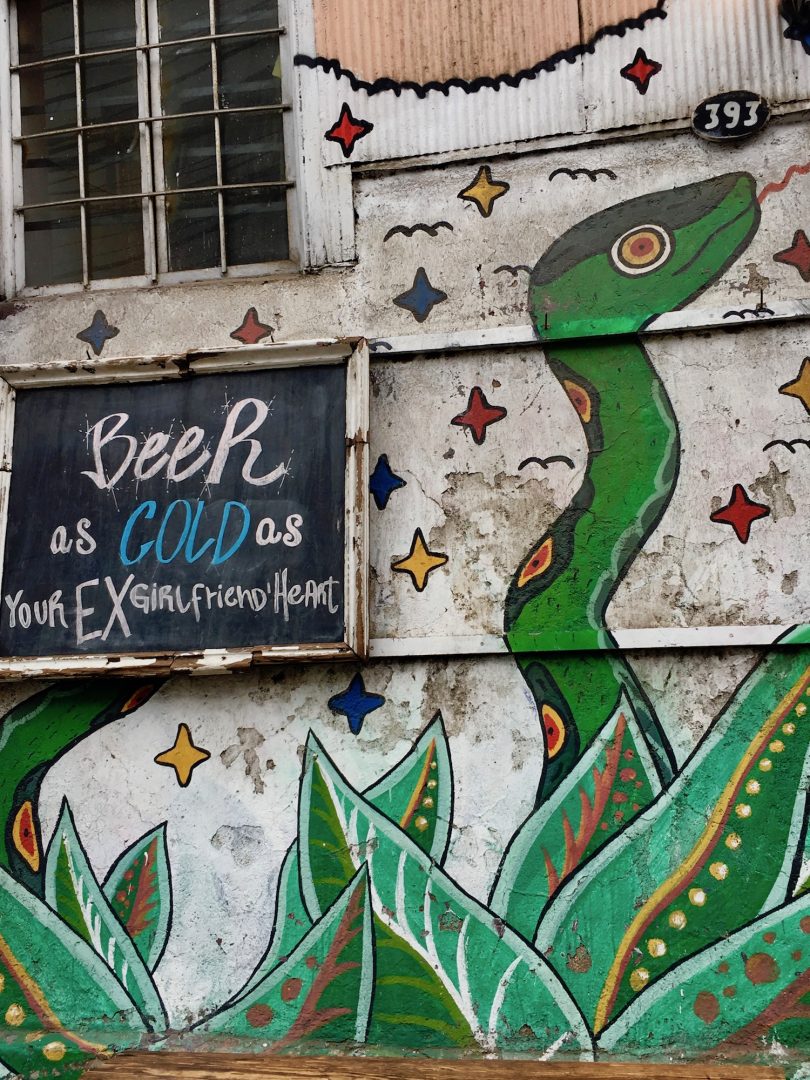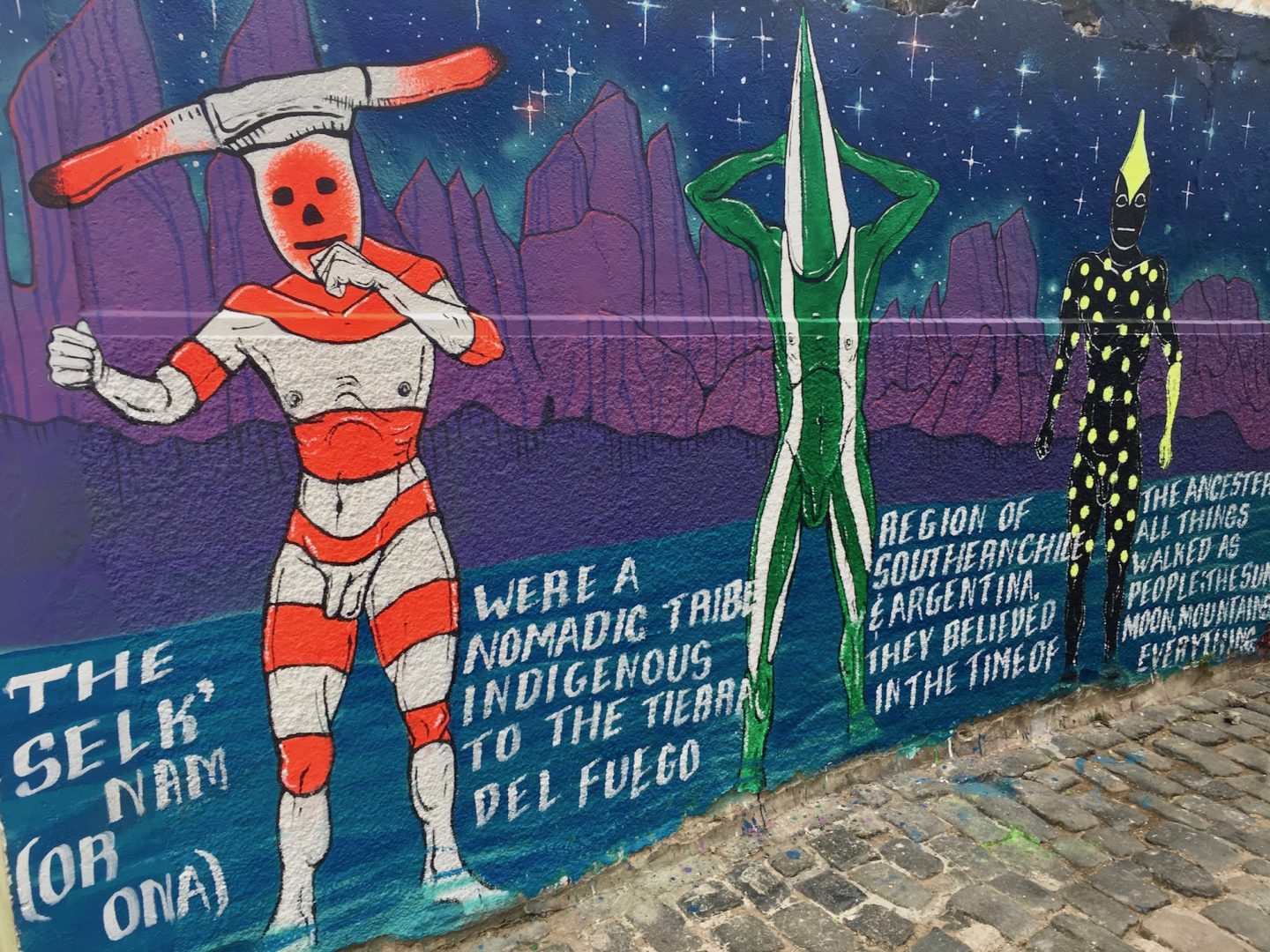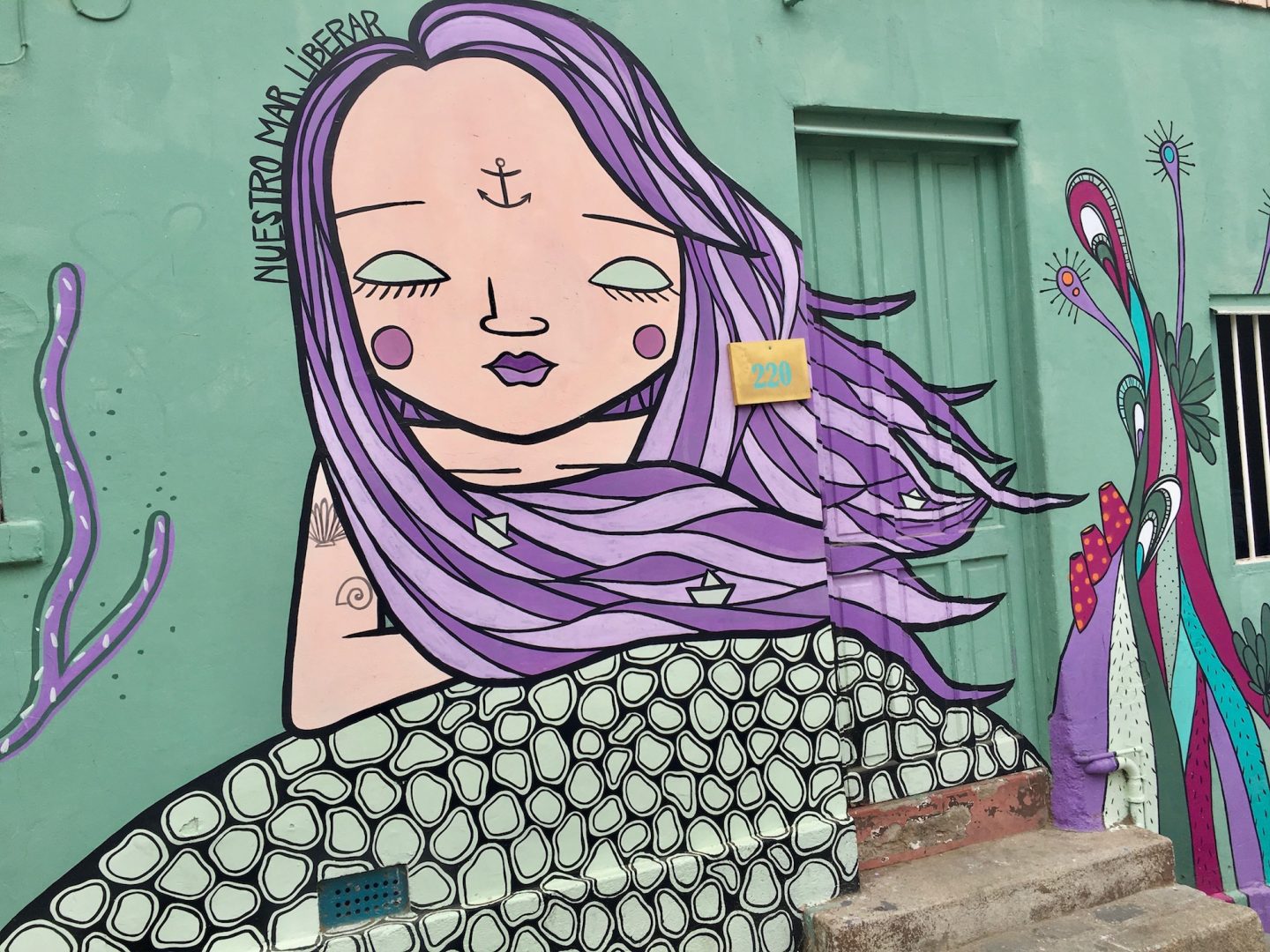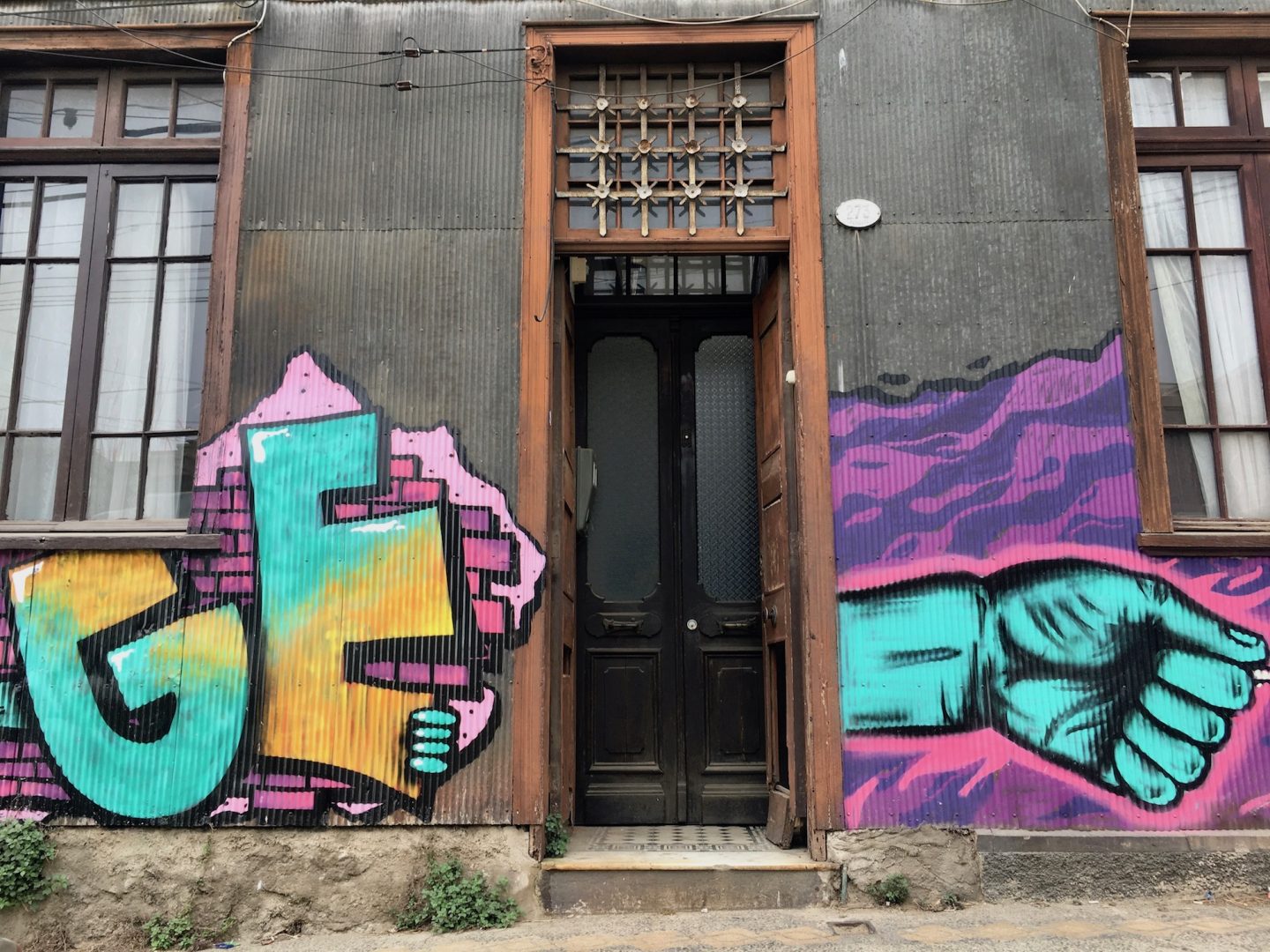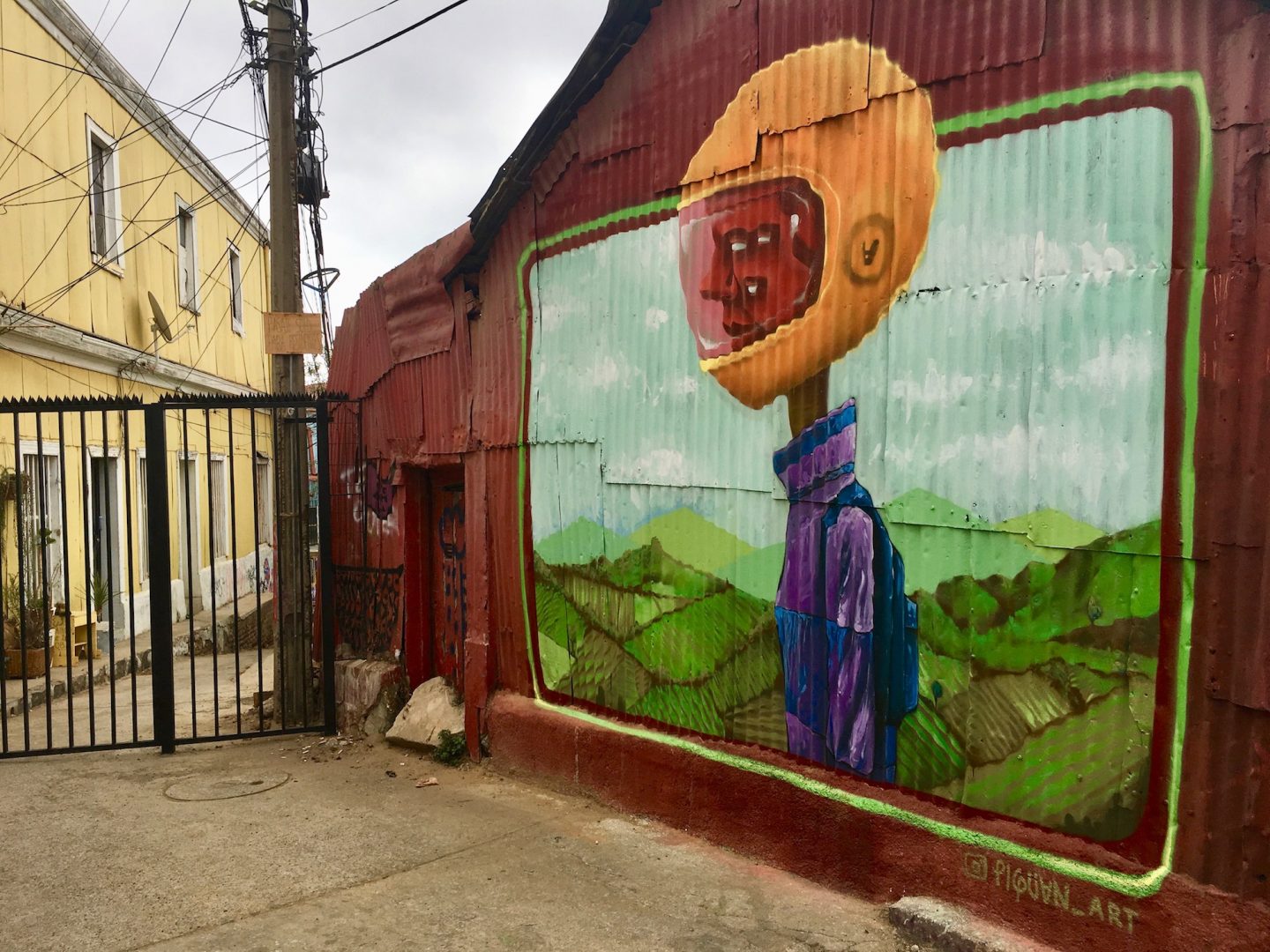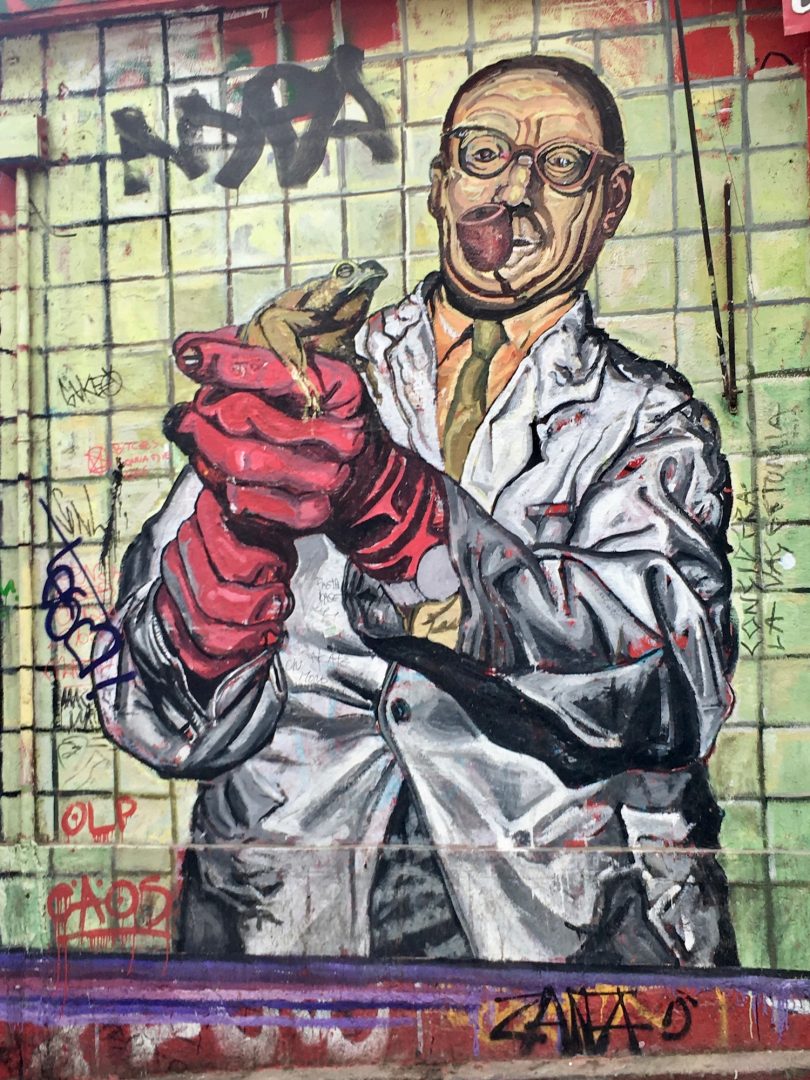Valparaíso o Valpo como le dicen los chilenos es una de esas ciudades que la odias o la amas. A mi me encantó, pero a mi mamá y a mi hermana no les gustó. Es una ciudad que se nota que fue preciosa, pero ha caído en el descuido. Si logras ver más allá, puedes descubrir una ciudad bohemia frente al mar que es ideal para caminar (con precaución porque no todos los sitios son seguros) y descubrir miles de curiosidades.
La arquitectura es impresionante, tiene mucha influencia victoriana traída por los británicos. Uno de los edificios que pude tomarle foto fue el Mercurio de Valparaíso. Este periódico empezó el 12 de septiembre de 1827. Sigue operando y es el periódico más antiguo de Chile y del mundo en la lengua castellana de forma ininterrumpida.
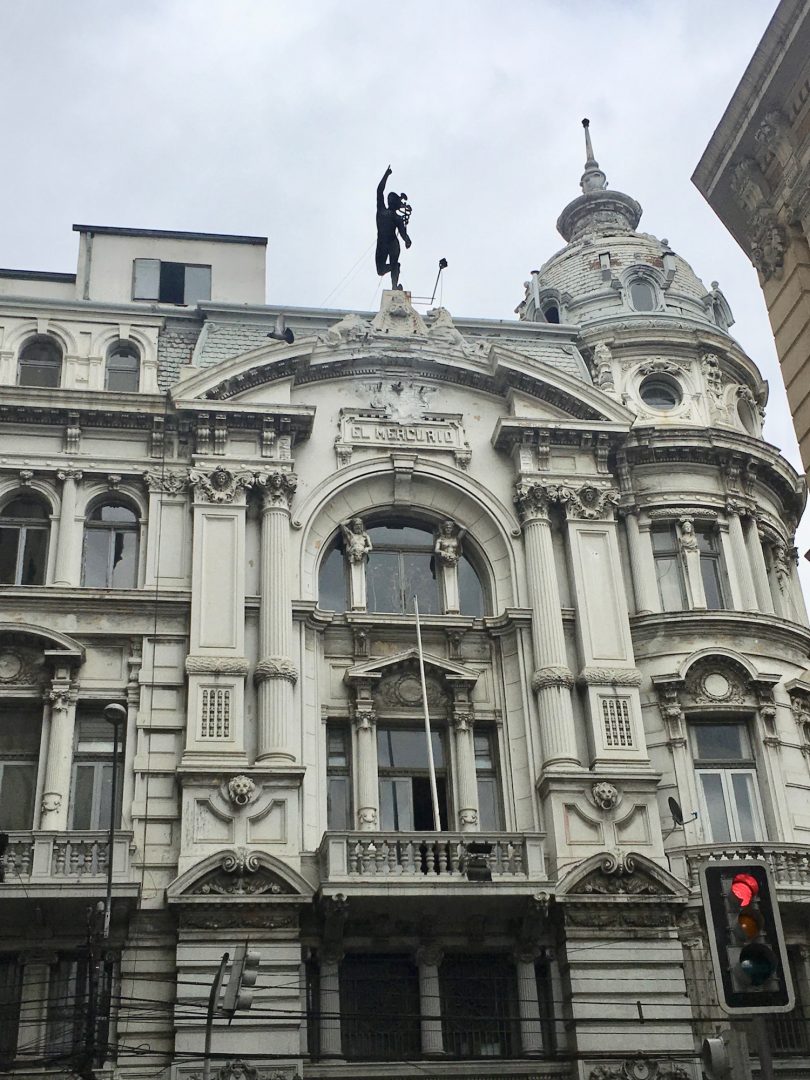
Valparaíso fue incluida en la lista de Patrimonio de la Humanidad de UNESCO en el 2003. Esta designación se debe a su riqueza arquitectónica y fue el tercer sitio chileno incluido, después del Parque Nacional Rapa Nui y las iglesias de Chiloé.
Valparaíso pasa de ser un importante centro portuario al abandono
Actualmente es la tercera ciudad más grande de Chile, después de Santiago y Concepción Aquí se estableció la bolsa de valores más antigua de América Latina, el primer departamento de bomberos voluntarios del continente y la primera biblioteca pública de Chile.
Siempre fue un pueblo de pescadores, desde que vivían los changos en la zona antes de la llegada de los españoles. Valparaíso fue designado como un puerto por los españoles en 1544, pero siguió siendo un pueblo pequeño hasta después de la independencia de Chile. Por eso no tiene infraestructura colonial a diferencia de otros lugares de Chile.
Luego de la independencia Valparaíso empezó a ser un centro de comercio mundial. Vinieron muchos emigrantes europeos y estadounidenses. La era de gloria duró hasta 1914 cuando abrió el canal de Panamá que provocó una disminución de la actividad portuaria. Era más fácil usar esta ruta que ir por el estrecho de Magallanes.
La Sebastiana fue la casa de Pablo Neruda en Valparaíso
Nuestra primera parada en Valparaíso fue la casa de Pablo Neruda llamada La Sebastiana. Esta es una de las tres casas suyas, junto con La Chascona en Santiago y la Casa de la Isla Negra, también en la región de Valparaíso. Las tres son actualmente museos que pueden ser visitadas por los turistas.

Pablo Neruda fue un poeta y político chileno. Empezó a escribir poesía cuando tenía tan sólo 10 años. Recibió el premio Nobel de Literatura en 1971 y un doctorado honoris causa por la Universidad de Oxford. Fue senador y activista político como parte del Partido Comunista. Además fue precandidato a la presidencia de Chile y embajador en Francia. SSe casó tres veces, la tercera con su amante durante el segundo matrimonio. Los restos de ella, Matilde Urrutia y Pablo Neruda se encuentran en la Casa de la Isla Negra. Murió a los 69 años en 1973.
La Sebastiana está situada en el Cerro Florida y tiene una magnífica vista a la bahía del puerto. La casa lleva el nombre por su dueño original: el constructor español Sebastián Collado. No pudo terminar su casa ya que murió y la familia terminó vendiéndosela a Neruda. El poeta estaba buscando una casa en Valparaíso “que pareciera flotar en el aire, pero que estuviera bien asentada en la tierra” y está cumplía con sus deseos.
Un museo lleno de curiosidades e historia
Dijo que la casa era muy grande para el y vendió el patio y los dos primeros pisos a la escultora Marie Martner y a su marido, el doctor Francisco Velasco. El se quedó con el tercer piso que fue el comedor / sala / bar y el cuarto piso para las recamaras, además de la torre.
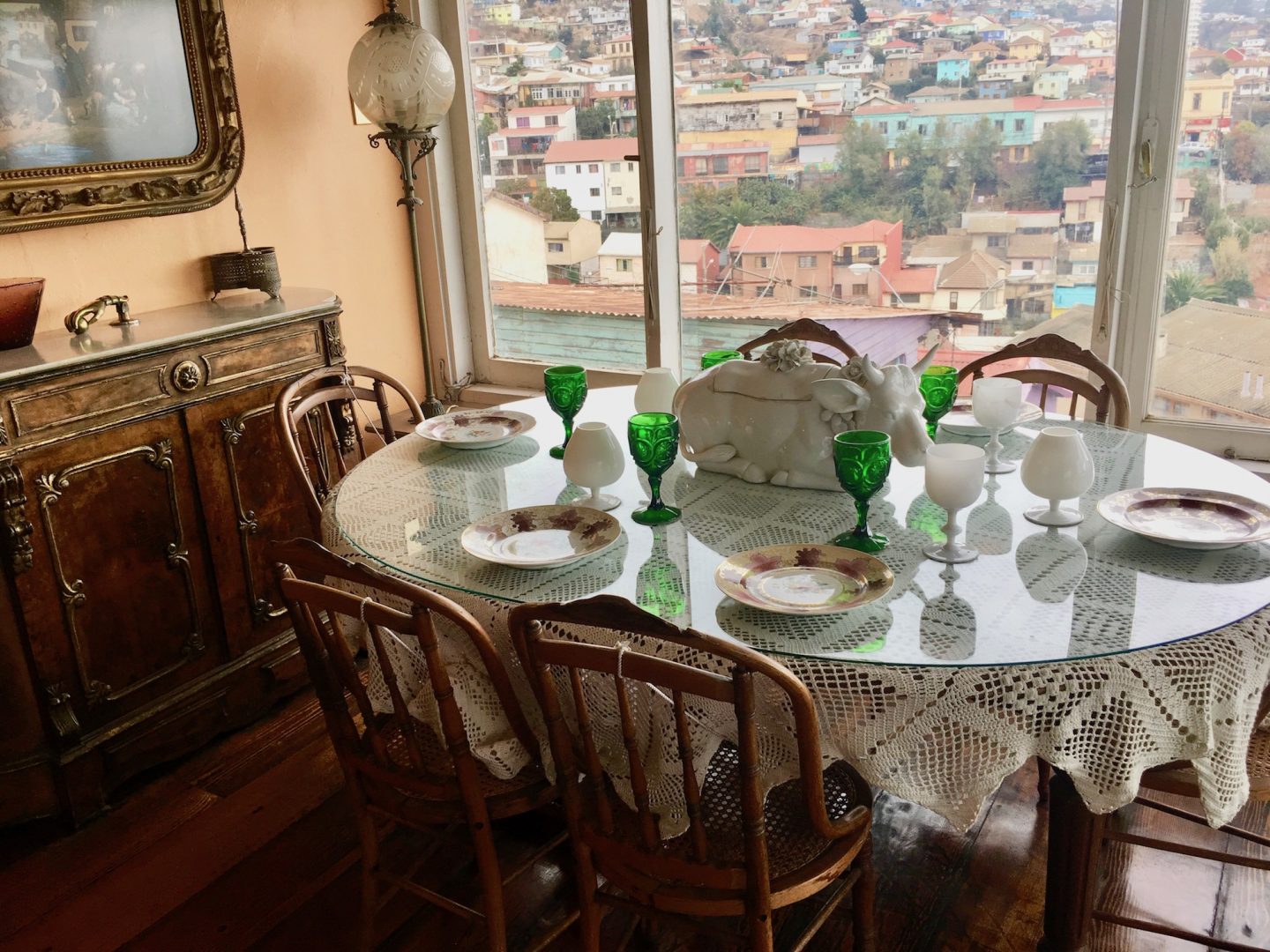
Muere en el mismo año que el golpe militar de Chile y la casa es saqueada. En 1991 Telefónica de España invierte en restaurar la casa y se convierte en un museo.
Visitar la casa es encontrar miles de curiosidades. Algunas ventanas se hicieron como claraboyas de barco. Hay mapas antiguos, pinturas y hasta un caballo que parece de carrusel en la sala. Me encantó el bar, que tiene una campana, muchísimos vasos, adornos en la pared y hasta letreros en francés.
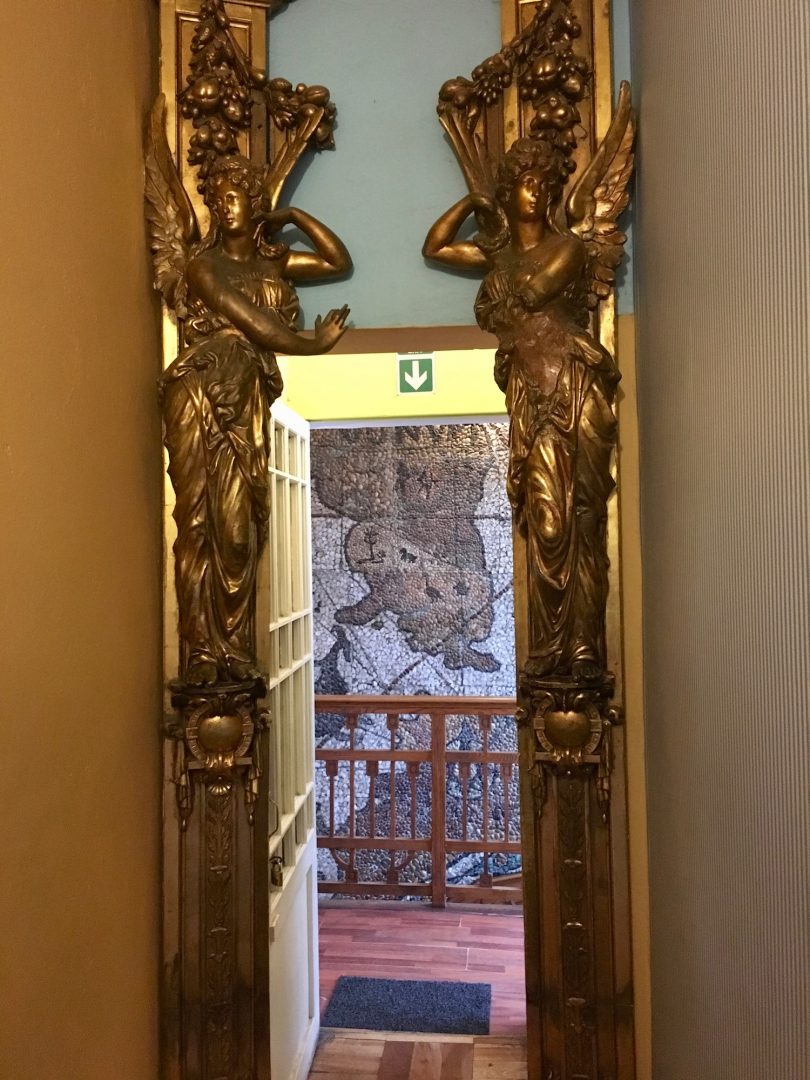
Hay un sistema de audio guía en varios idiomas para escuchar la historia de Pablo Neruda. Puedes visitar el museo todos los días, excepto lunes y la entrada es por orden de llegada. Si vas en temporada alta puede ser que te toque esperar un poco y es mejor ir temprano. Dentro de la casa no permiten tomar fotos, pero pude tomar un par cuando nadie estaba viendo.
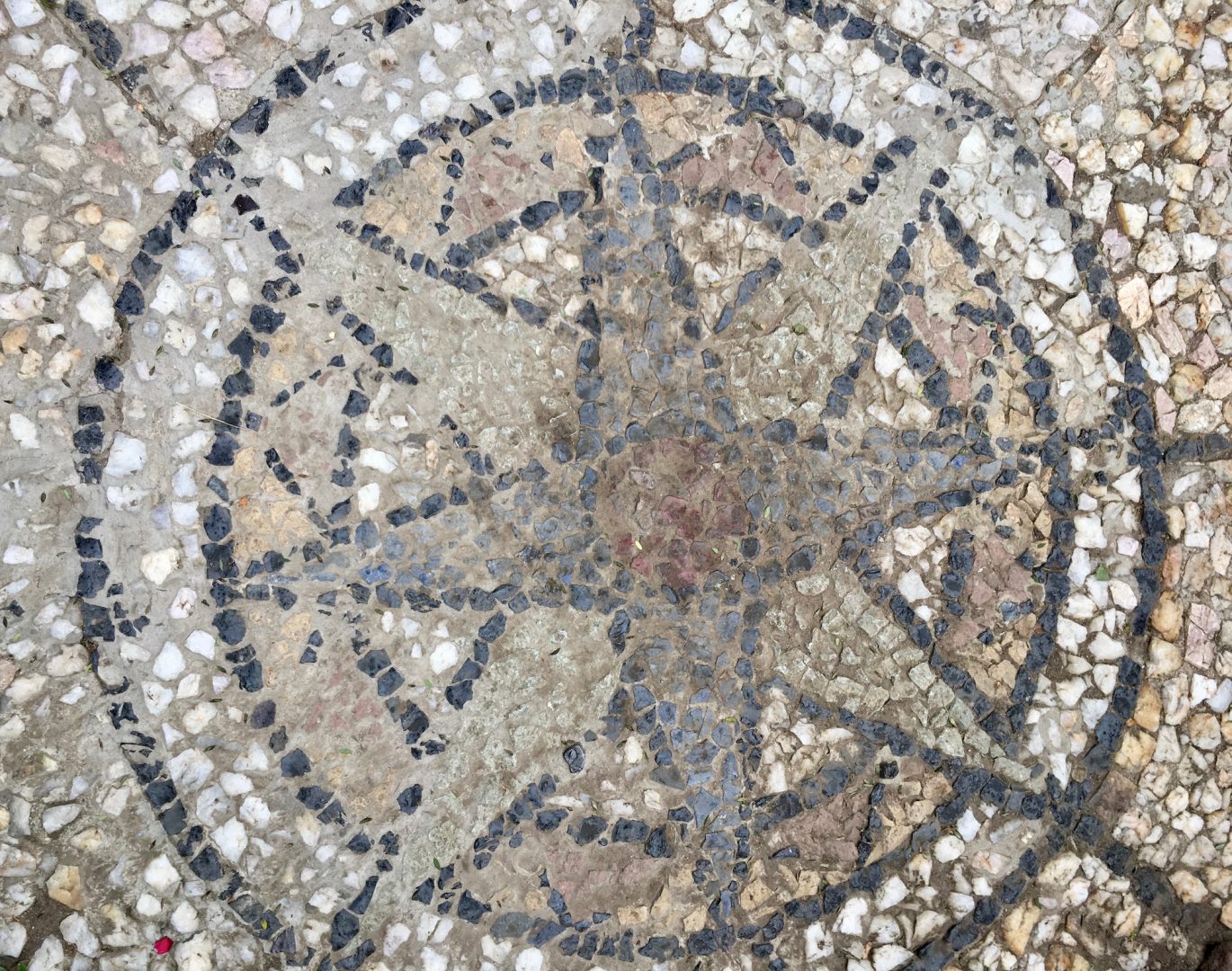
La mejor zona de Valparaíso es Cerro Concepción
Puedes subir a Cerro Concepción en uno de los ascensores históricos. Valparaíso tiene 43 cerros, que muchos eran inaccesibles por el transporte público. Los ascensores funiculares conectan a la parte alta de la ciudad y se han vuelto turísticos. Hoy en día sólo funcionan unos 30, incluyendo el de Cerro Concepción que fue el primero construido en 1883.
Anteriormente en el Cerro Concepción había un fuerte construido por los españoles en 1678 y se ubicaba en la zona donde hoy se encuentra el Hotel Brighton en pleno Paseo Atkinson. Esto se hizo para proteger a la ciudad de los piratas como Francis Drake y Richard Hawkins que atacaron la ciudad. Los mejores restaurantes están en esta zona.
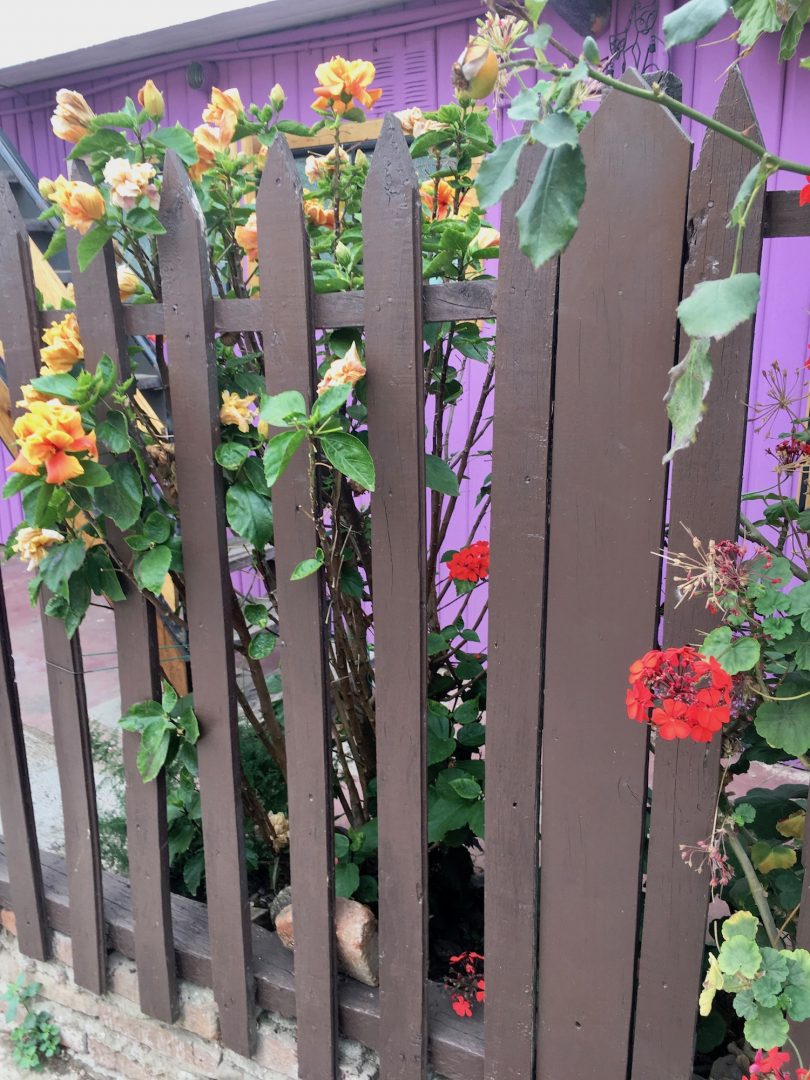
En el cerro los ingleses hicieron la iglesia anglicana de San Pablo en 1857, y los alemanes, la luterana de la Santa Cruz en 1897. La iglesia luterana sobresale del paisaje y hace para lindas fotos.
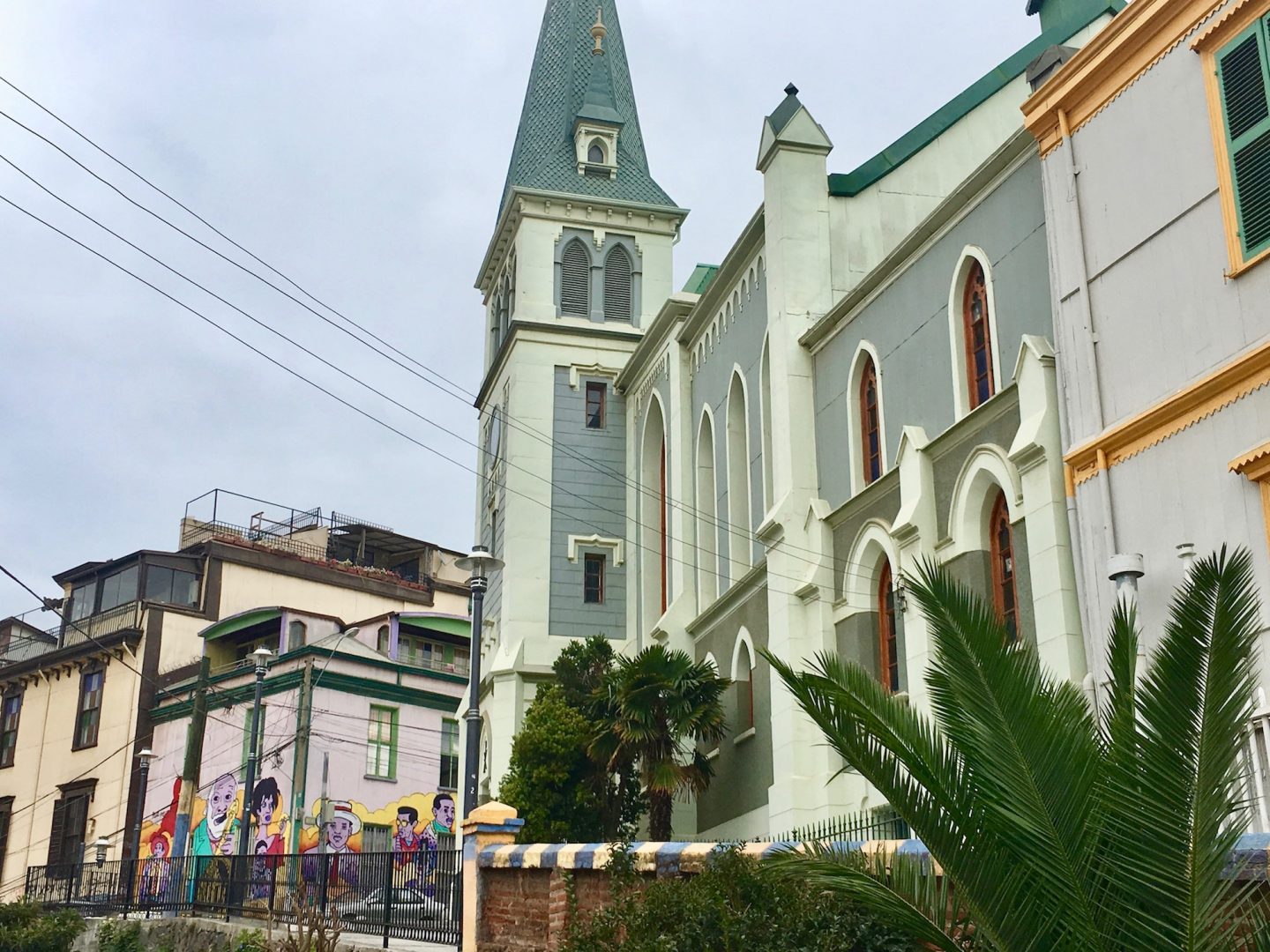
La calle Templeman conecta Cerro Concepción con Cerro Alegre, otra zona que es amigable para los turistas.
¿Dónde alojarse en Valparaíso?
Yo fui a Valparaíso por el día desde Santiago. La manejada dura 1 hora y media en una autopista que está en muy buen estado. Combinamos el paseo con Viña del Mar, que no me gusto tanto. Es una ciudad bastante moderna frente a una playa que hace demasiado frío para meterse. Entiendo que los chilenos no tienen opción, pero viniendo de Panamá estoy malcriada. También fuimos a un viñedo en Casablanca a hacer un cata. Esta región es famosa por producir uvas blancas, especialmente Sauvignon blanc y Chardonnay.
Sentí que el día fue muy apurado, así que pienso que es mejor opción quedarse una noche a dormir en Valparaíso. No vi grandes cadenas de hotel, sólo hoteles boutique que eran casas grandes y hostales. Puedes buscar hoteles en Booking.
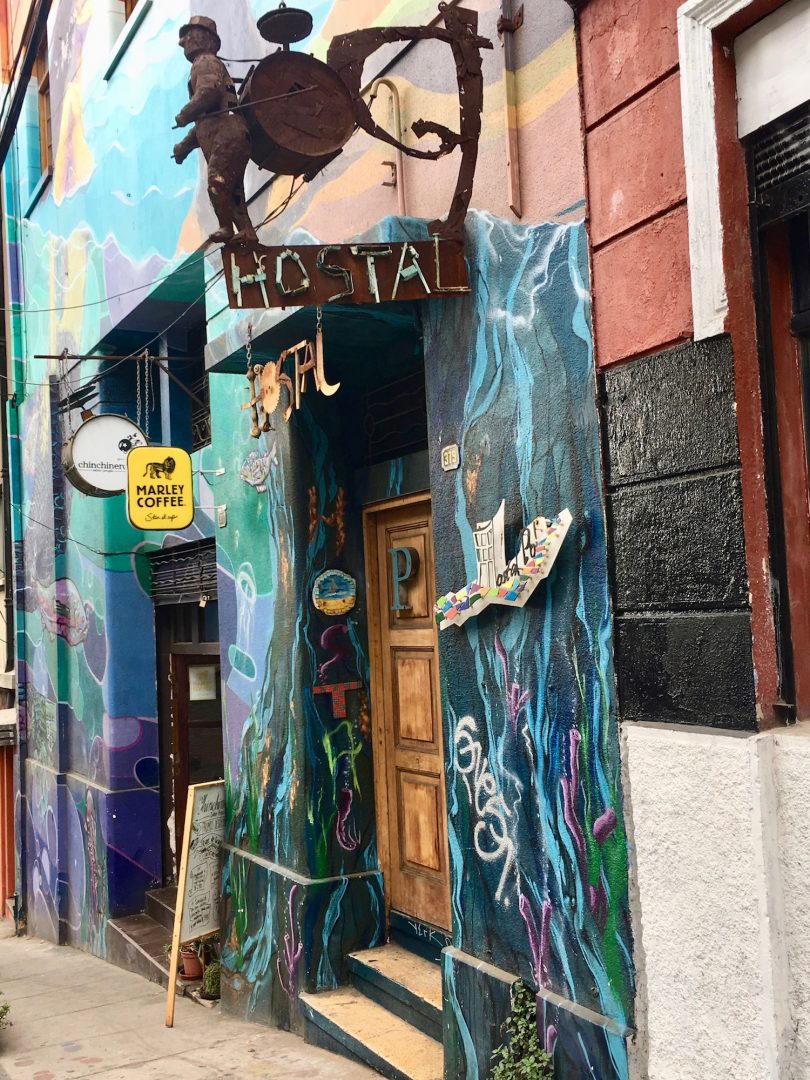
Un paraíso para los grafiteros
Valparaíso es una ciudad llena de arte callejero. Esta ciudad ha atraído artistas por muchísimos años. Se puede ver coloridas escenas de creatividad por todas las zonas. Tanto grafiteros chilenos como internacional han ido a esta ciudad para hacer arte.
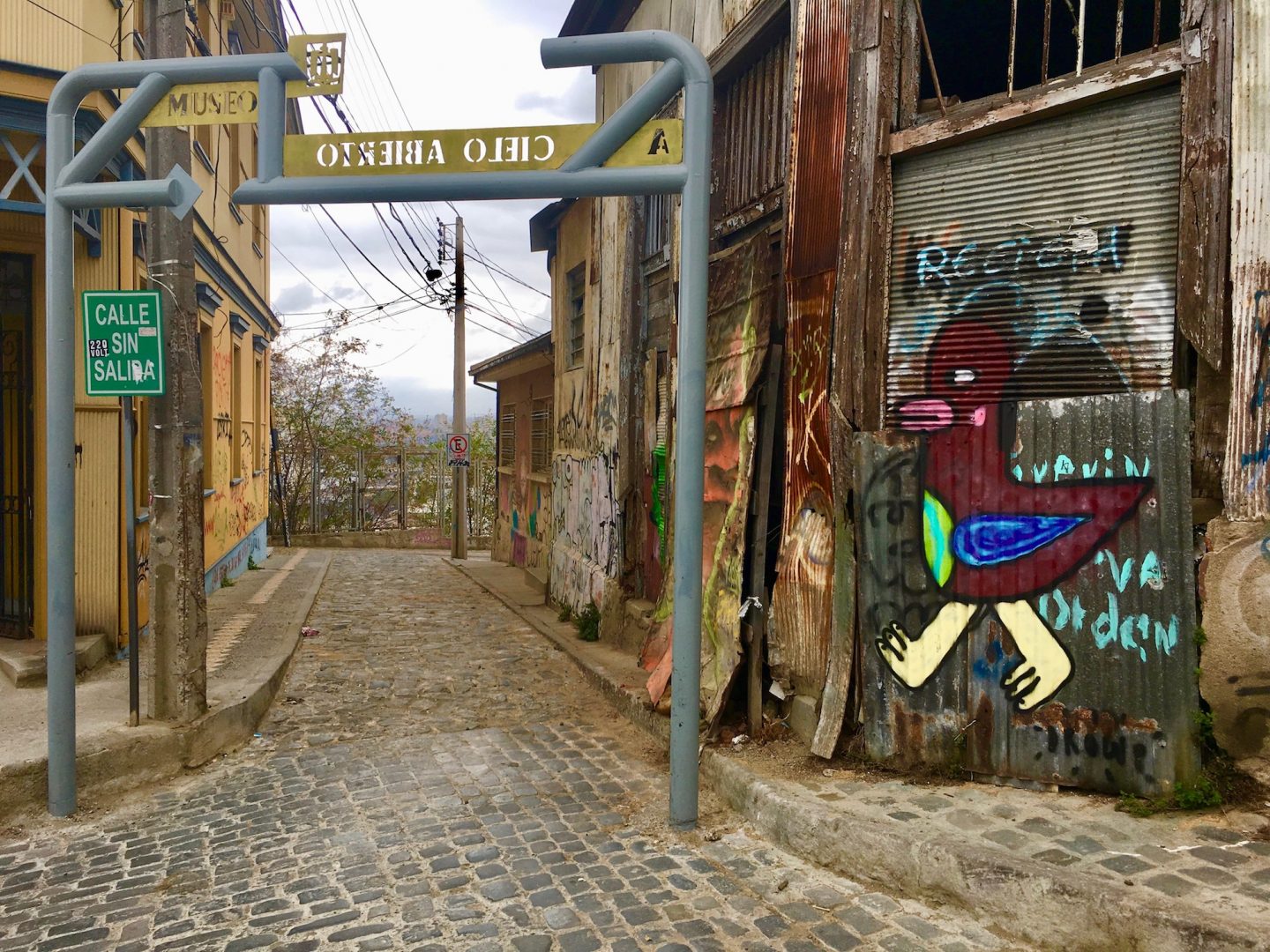
Esto ha causado que la ciudad cambie dramáticamente, cosa que ha atraído turistas nuevamente. Pero no todos están felices del cambio, cuando fui a tomarme una foto en la escalera de piano en Cerro Concepción salió un señor a decirme que como le habían dañado su ciudad.
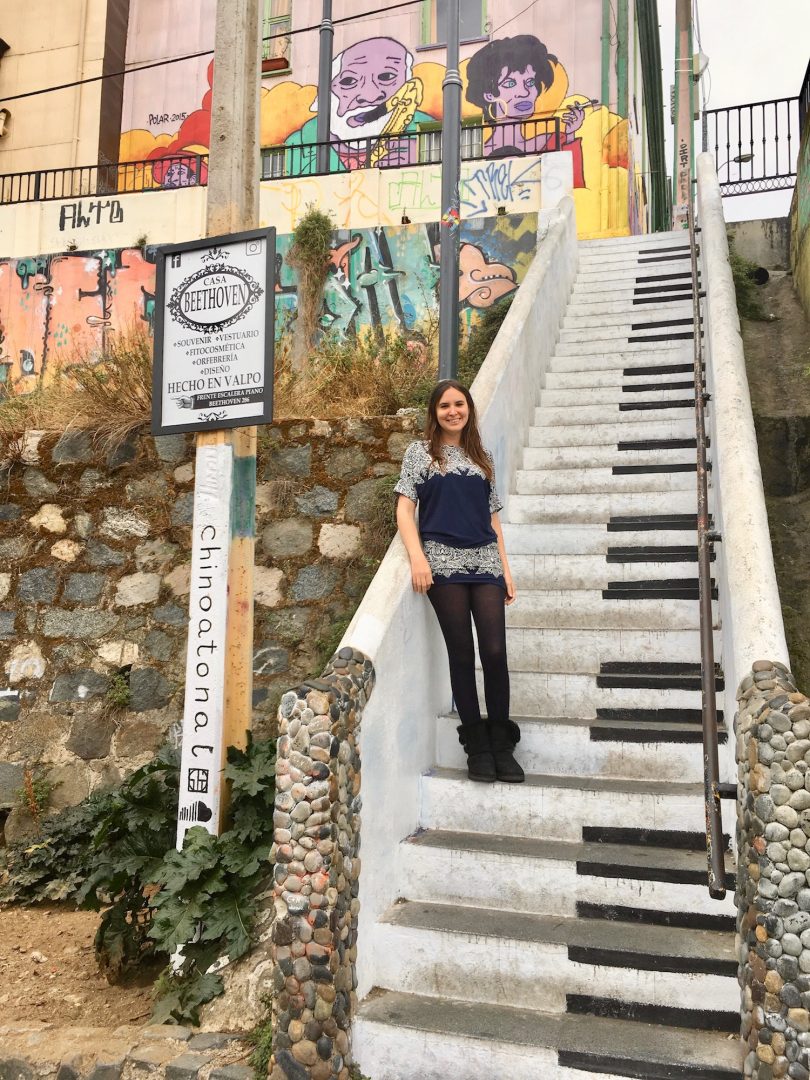
El graffiti es ilegal en Chille pero no hay ninguna regulación que lo prohíbe en Valparaíso. La ciudad promueve el graffiti “siempre y cuando sea de naturaleza creativa”. Esta forma de arte empezó en los 1970s como protesta durante la dictadura de Augusto Pinochet. Actualmente los artistas siguen teniendo la libertad de expresar sus ideas, incluyendo criticas sociales, siempre y cuando sean una contribución al área urbana.
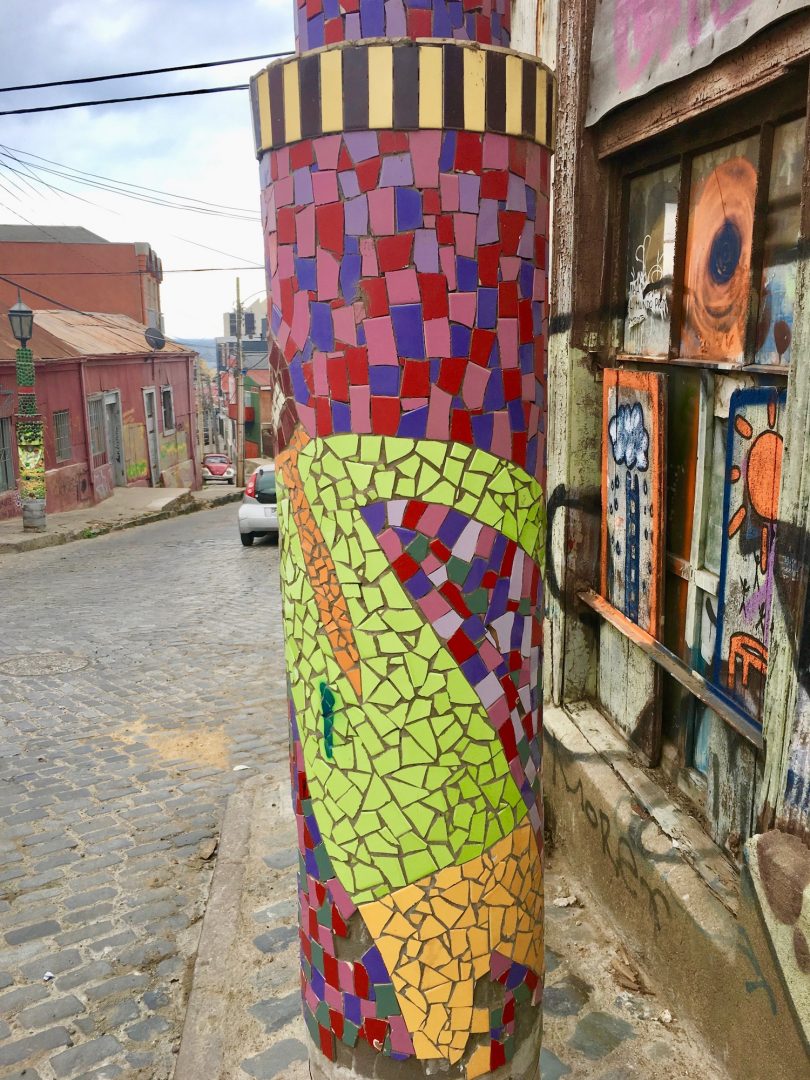
Para poder pintar, la mayoría de los grafiteros piden permiso a los dueños de los edificios. Para que los murales duren deben sellar las paredes primero.
Si te interesa conocer más sobre los artistas y ver los mejores murales, puedes hacer un tour a pie con un guía que conozca la zona. Al, un expatriado norteamericano, hace tours donde puedes hasta conocer a los artistas. En Facebook sale como Valpo Street Art Tours. También puedes caminar por tu cuenta en los barrios de Cerro Concepción, Cerro Alegre y el Paseo Gervasoni.
Los negocios apoyan a los artistas pagándole a los mejores para que hagan murales en sus locales. Existen muchas galerías de arte en Valparaíso y son un buen lugar para comprar arte latinoamericano.
Fotos de graffiti en Valparaíso:
